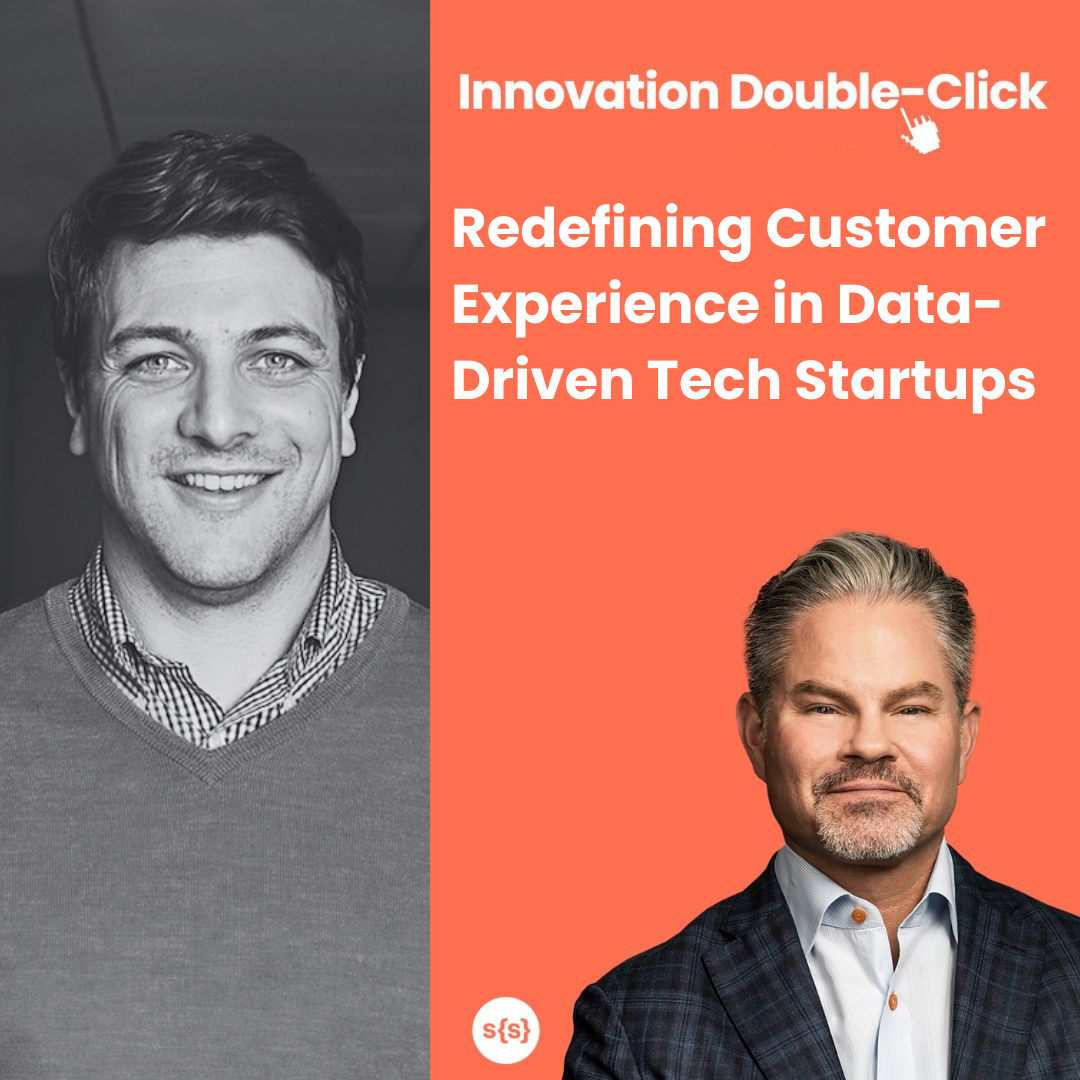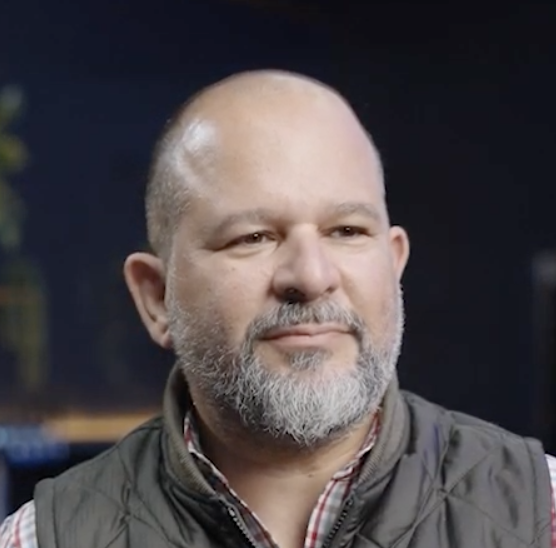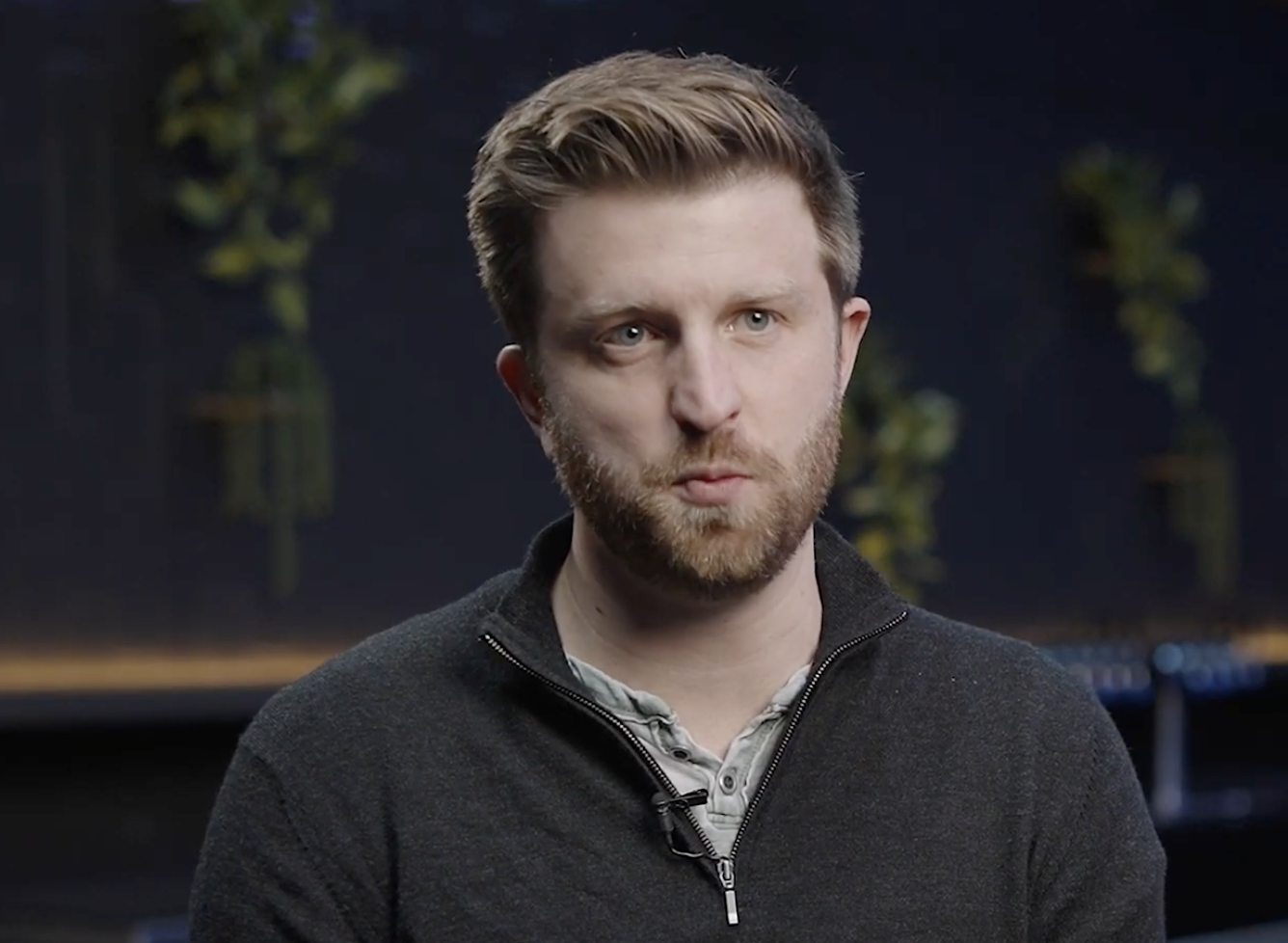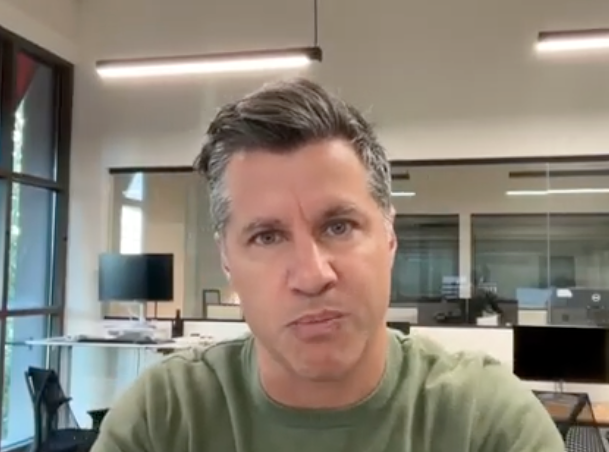
Redefining Customer Experience in Data-Driven Tech Startups
Redefining Customer Experience in Data-Driven Tech Startups
The “Innovation Double-Click” series highlights the best of the super{set} Hive, featuring insider tips and strategies from startup executives driving innovation and propelling their companies to new heights. This week, Ted Flanagan, Chief Customer Officer of super{set} portfolio company Habu (recently acquired by LiveRamp for $200 Million), joins super{set}'s Jon Suarez-Davis ("jsd") in conversation.
1.) jsd: How does Habu approach customer experience?
Ted: We’re in a new and rapidly evolving category of data collaboration and privacy-enhancing technologies, so our approach to customer experience at Habu evolves organically; there isn't a one-size-fits-all answer. I think you always need to design customer operations around the specific industry, products, and customer use cases, and that’s what we did. The very first thing we did was connect our pre-sale and post-sale teams. That way, the pre-sale solution engineering and work scoping were integrated into our customer experience organization upfront, which then fed seamlessly into our post-sale customer success and analytics teams. This strategy covers everything from pre-sale solution design to our analytics teams' last mile of technical configuration.
Having almost the entire customer lifecycle managed by one unified team has been highly effective, especially, as I said, in a rapidly evolving space. We were positioning offerings that hadn’t even been fully built yet, but this approach helped us to still be in a place to make the customer successful, knowing that things will change quickly. We could pivot three months into a 12-month contract, avoid misses in customer implementation, and provide that value delivery.
2.) jsd: How does customer experience at Habu influence product development?
Ted: The entire company is strongly oriented towards customer engagement for us at Habu. There's actually a shorter list of things that weren't directly customer-influenced than things that were, so I cannot take all the credit because it was a collective effort – from product and engineering to sales, we were all deeply customer-focused in our approach.
Naturally, our product development was heavily influenced by direct customer engagement. For instance, our collaboration with the Disney team and other early customers like LinkedIn, Group M, 84.51, and ASICS, our first customer, highlighted workflow gaps. The industry was transitioning entire use cases and workflows onto new technologies. During this transition, we identified gaps where something wasn’t working, where we had two-thirds of it covered and then a third of it not.
This led to some of our most innovative product development. One great example is a feature we call "flows." PepsiCo, another early adopter, manually managed these complex, multi-step processes, ran models in a clean room, and then took the outputs for marketing activations and analytics. The feedback was, "Hey, how do we streamline these into a single, unified workflow?" The development of our workflow engine, "flows," was a direct response to automate these steps that they were taking manually. So, it was like watching these usage patterns that were clearly the friction point in using the product. That gave us the signal – okay, build more features around this because our customers are onto something interesting. Still, they need our product to work a little differently for them to do it more efficiently and at scale. So that’s what we did.
3.) jsd: Habu is a data collaboration product - as your site describes, "collaborative intelligence for decentralized data/to avoid compromising privacy" - how do you enable privacy and collaboration?
Ted: From our standpoint, we didn't specifically compete on privacy because it's not just about having an edge; it's a fundamental requirement. You're either meeting the new bar for privacy, or you're not. Recognizing that many traditional approaches don't meet this new standard, we saw this as a business opportunity.
Our strategy wasn't to dictate how to meet these privacy standards but to provide solutions for how to do so. This led us to partner with multiple cloud computing platforms, each offering secure ways to facilitate multi-party compute and similar technologies. We didn't advocate for one over another but emphasized the necessity of using such technologies over outdated methods involving sending user-level data.
The essence of our approach was to highlight that your technology and tools must meet current privacy standards – which, most likely, they weren’t. After we made this recommendation, our goal was to facilitate the transition to these higher standards, ensuring we're prepared to meet our customers wherever they are in their privacy journey. So, that was kind of how we approached it. There's not a right or wrong way to do it, but you should be doing it. And if you're going to take privacy to another level, if you're going to work in data clean rooms, if you're going to stop sending data around to all your myriad of different partners, here's some software to make your life easier.
4.) jsd: What metrics or feedback mechanisms does Habu use to assess and improve its customer experience?
Ted: There's an earlier phase where it's almost like you don't even know what to track, and it’s more about keeping your finger on the pulse: you have to be hearing it live from customers and be involved in what they're doing, seeing what they're doing, talking to them to understand. But then, once you start seeing more repeatable engagements and have multiple customers doing the same thing, it does make sense to begin to figure out the trackable KPIs that signify where your customers are having success.
Our work in the collaboration space is a network effect type business, which inherently has challenges because getting live can take a long time due to overlapping legal, privacy, and technology demands and two companies trying to agree on business terms. So, many of our KPIs were around tracking the potential network effects and how quickly that was coming to life in the product. Specifically, time to live on implementation, but not just on our initial customer's implementation. Then, what's the velocity at which we get their partner(s) into the solution? They get implemented, then they get their first partner live, then their second, then their third. You can establish benchmarks around how fast this can reasonably happen, and now recognizing if someone is ahead of schedule or behind schedule becomes very important.
Another interesting aspect for us was the templatized queries. We had all the metadata around what kinds of analysis customers were running. You could look back at the data and understand which use cases people run repeatedly, delivering the most value, and what things they might run once but never again. The ability to crowdsource and then mine the data to figure out the highest-value use cases became powerful. Because then we could take that to the next customer who said, "I have no idea what to do with this technology," and we say, "Hey, these are the most heavily utilized analytics; these are the most broadly adopted use cases, these are the ones that are driving a lot of value for customers.”
5.) jsd: What customer experience KPIs did you bring to life for the leadership team at Habu to drive the business?
Ted: Absolutely, it was a blend of qualitative and quantitative. For example, we focused on a critical KPI, net dollar retention, to show what we were doing right. We demonstrated that we are growing our customers — retaining them and expanding their investment with us. This KPI was crucial in highlighting where we thought there was upside and opportunity.
But, the significant part of telling the story, especially in terms of narrative and data, came during a board meeting where our board challenged us to fully capitalize on the networked nature of our business. They pointed out that we weren't exploiting the virality of the business enough. We started analyzing the overlap between our current network and its potential expansion by focusing on high-value collaborations. This analysis allowed us to understand and size the potential for significant viral growth, leveraging the network effect inherent in our business model with c-suite executives.
6.) jsd: You have a liberal arts degree in American Lit - how has htis influenced your path in tech?
Ted: I love this topic, and I have a two-part answer. The first, a long-held belief, is in the intrinsic value of a liberal arts education, particularly in the startup world. It's not so much about learning a specific hard skill – like accounting, it is more about learning how to learn. This teaches you how to become a lifelong learner. For instance, my background in American Literature didn't directly prepare me for the technical aspects of my role at Habu. Still, it equipped me with the ability to quickly adapt and learn new domains, whether it's privacy law, measurement methodologies, or new cloud technologies.
The second is the impact of AI on liberal arts graduates. AI is lowering the barrier to entry into technical fields. Take coding. I can get pretty technical, but I've never learned how to code. I'd never learned to write SQL. The list goes on. But now I can tell AI models to generate the code for me. The barrier to entry on a lot of this stuff is coming down.
Who I think are now going to be in demand are those with the ability to discern authentic content, who can imagine creative prompts to give to these models to generate something novel instead of something that looks like the same thing the last 20 people who fed the model did, and apply ethical considerations to technology use. That kind of creativity, judgment, and interpretation that you get from the “soft” side of arts, I think, becomes even more critical in a world where AI is so prevalent; the people who can think about what's going in and what's coming out will be able to use it, both rightly and effectively.
Read about Habu's $200 Million Acquisition by LiveRamp Here
Tech, startups & the big picture
Subscribe for sharp takes on innovation, markets, and the forces shaping our future.
Let's keep in touch
We're heads down building & growing. Learn what's new and our latest updates.


